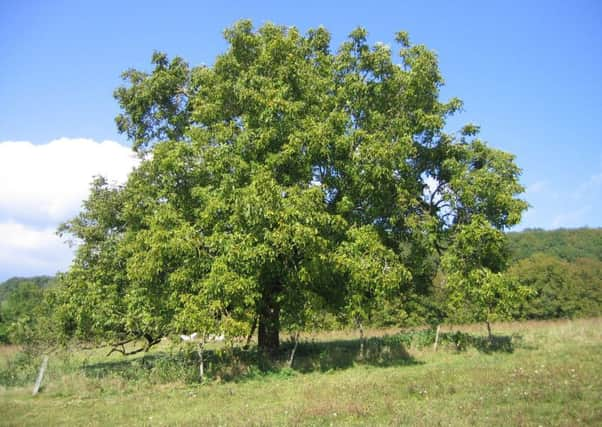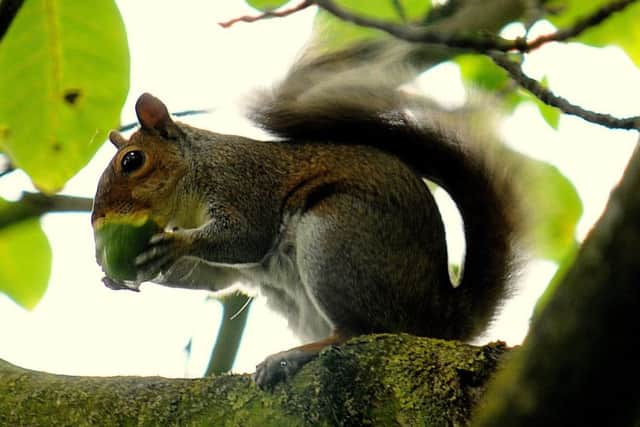Walnut trees brought by the Romans bear nuts that are all the rage with foodies


When the squirrel has finished and disappeared there is compost scattered all over the patio, and when I go out to clean up the mess I investigate what it was doing with such diligence.
After a few seconds of probing I discover that just below the surface is something that looks very much like a lime.
Advertisement
Hide AdAdvertisement
Hide AdIt is not a lime, however, but a green - sometimes called “wet” - walnut, and the reason I am so sure is that there is a magnificent walnut tree growing in my neighbours’ garden.


The house next door was built in the mid-19th century and walnuts were popular with the Victorians. A plan of the area from more than a century ago reveals that their garden contained a vinery and fernery, so I suppose the walnut tree would have been planted at around the same time.
The squirrel had been burying the walnut in order to return and eat it during the winter months when food is scarcer, but foodies tend to pickle them.
Green walnuts are difficult to find in the UK, although like everything else these days you can buy them online. There are certainly walnut trees out there if you are prepared to search for them though.
Advertisement
Hide AdAdvertisement
Hide AdThe walnut tree has a pale-grey and deeply fissured bark, the leaves have seven leaflets, and if you crush one not only will it give off a very strong smell, but the juice will stain your fingers.
Ilkley’s multi-award-winning butcher, David Lishman, tweeted some weeks ago: “Up early to pick green walnuts for pickling. They are fabulous with cured meats and cheeses, or in deep flavoured casseroles such as venison stew.”
He added that he had had to get out early to the walnut tree that he had found growing in Ilkley town centre because it would look odd standing there pulling the nuts down with a rake.
The standard recipe for preserving walnuts is to prick them with a fork, scatter with salt and leave covered with water for a week, then refresh the brine for another week before drying them for a few days.
Advertisement
Hide AdAdvertisement
Hide AdIt is only when they have turned black that they are then ready for pickling with vinegar, sugar and spices.
Walnut trees were first introduced to Britain by the Romans and can grow up to 100ft in height.
Sadly, one much-loved tree - after which the local pub was named at Heworth in York - had to be cut down a few years back when it was hit by a lorry and was condemned as unsafe.
Anyone who has visited the Dordogne region in southwestern France will know how beautiful a walnut-tree wooded landscape can be. There, archaeologists discovered that walnuts were being eaten as far back as 17,000 years ago.
Advertisement
Hide AdAdvertisement
Hide AdBy the middle ages, walnut oil was used as a currency because it fetched such high prices. Today, it is still a valuable crop, and now turned into a particularly delicious aperitif called Le Quinquinoix.